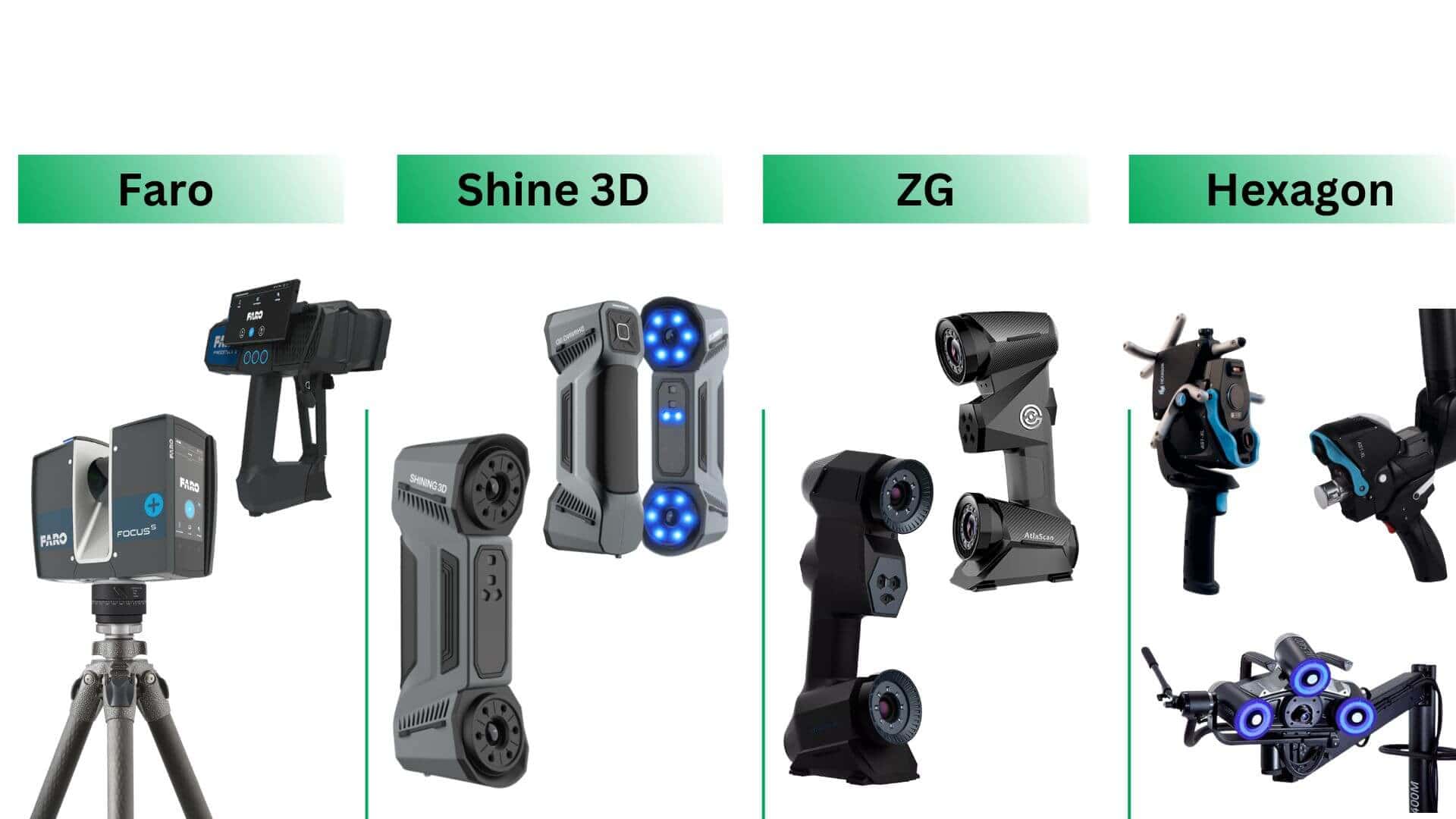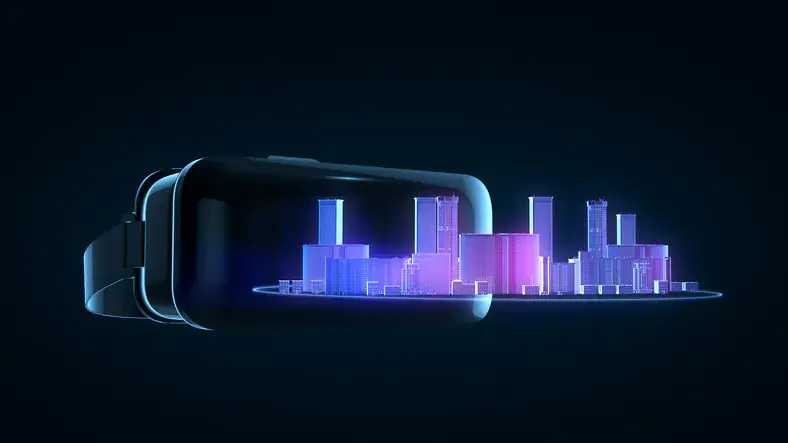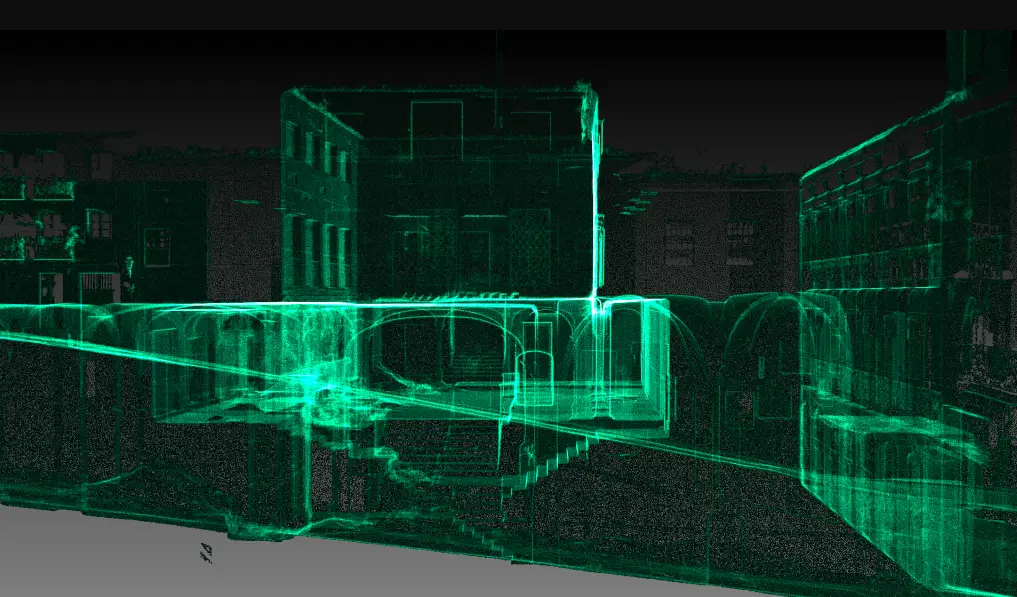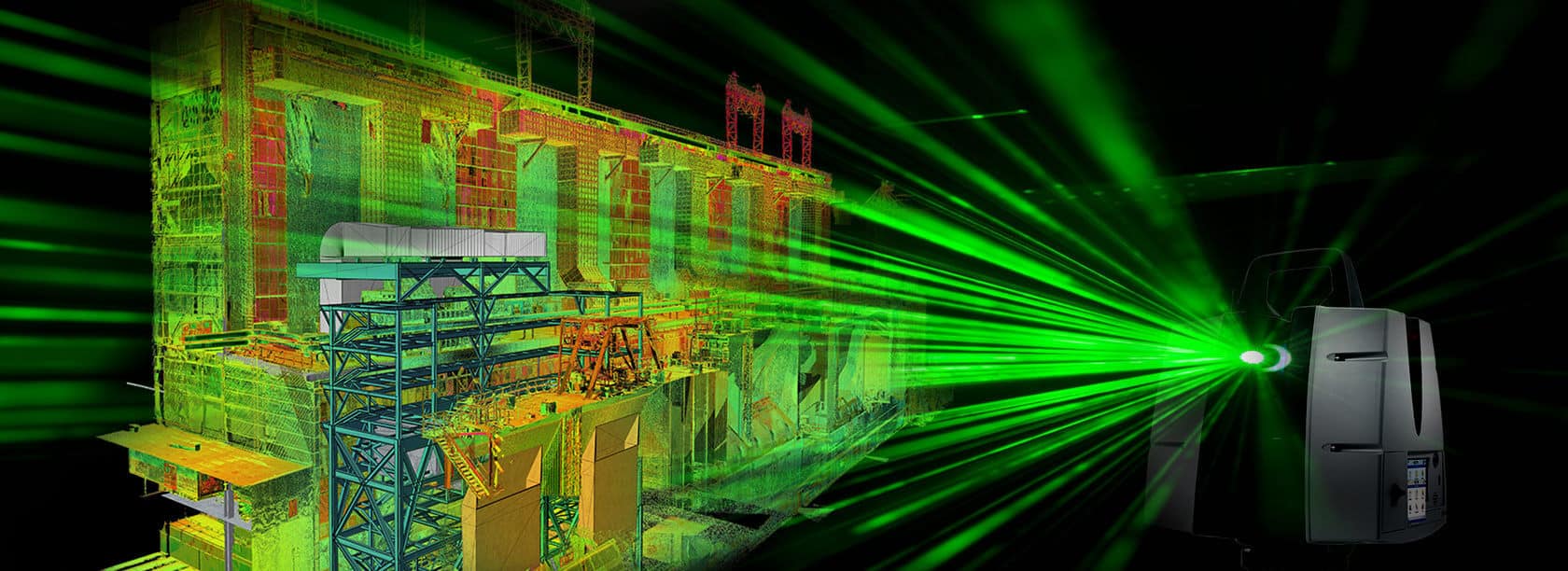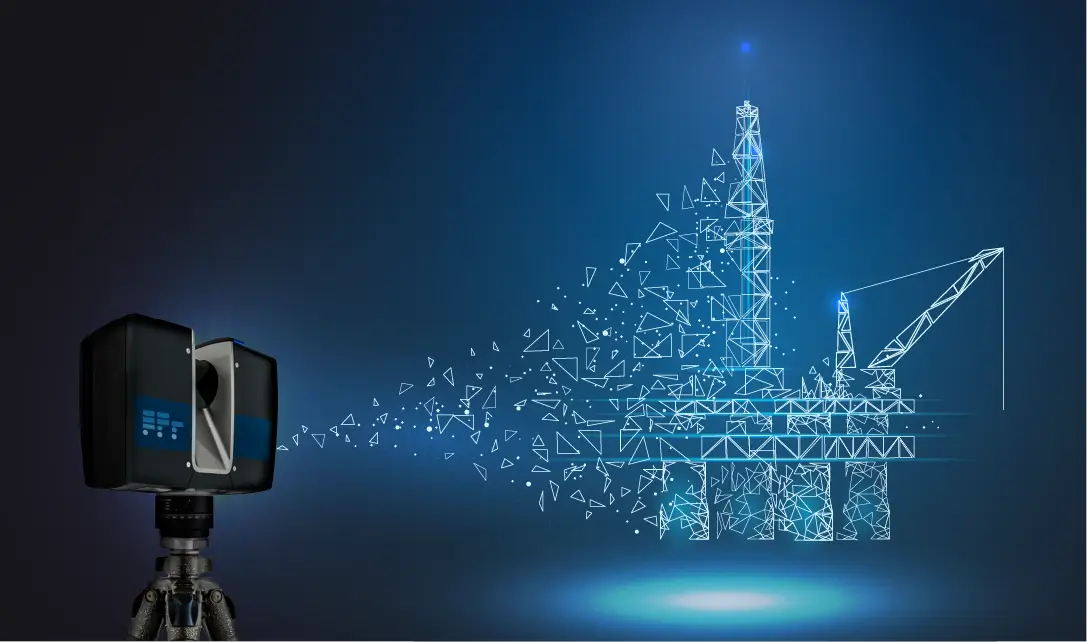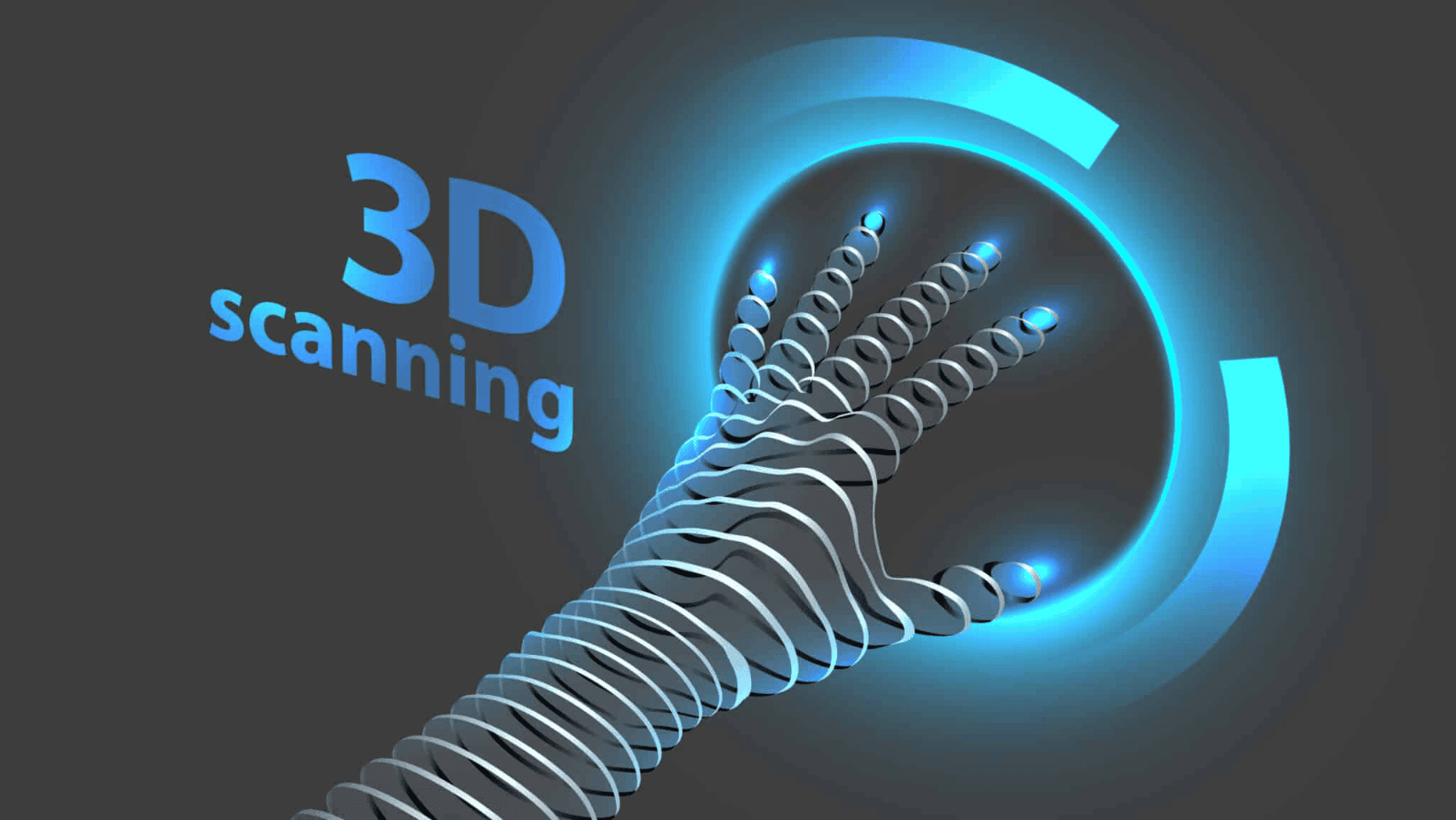How Can You Select the Perfect 3D Scanner for 3D Printer?
Introduction:
The world of 3D printing has evolved rapidly, offering endless possibilities for creators and innovators. However, the quality of your 3D prints is only as good as the data you feed into your 3D printer. This is where 3D scanners come into play, serving as the bridge between the physical and digital realms. In this blog, we will explore the key factors to consider when choosing a 3D scanner for your 3D printer, ensuring optimal precision and superior print outcomes.
Understanding the Basics:
Before diving into the selection process, let’s grasp the fundamental concept of 3D scanning. A 3D scanner captures the geometry and texture of physical objects, creating a detailed digital representation. This digital model can then be used for various applications, including 3D printing.
Key Considerations to Select 3D Scanner for 3D Printer:
- Accuracy and Precision:
– When it comes to 3D printing, precision is paramount. Look for a 3D scanner with high accuracy levels, typically measured in microns. This ensures that the scanned model closely mirrors the real-world object.
- Scan Speed:
– Efficiency matters, especially when dealing with complex objects. Choose a 3D scanner that strikes a balance between speed and accuracy, ensuring swift yet detailed scans.
- Scan Volume:
– Consider the size of the objects you plan to scan. Some 3D scanners are designed for small, intricate items, while others excel at capturing large objects. Assess your specific needs and select a scanner with an appropriate scan volume.
- Ease of Use:
– A user-friendly interface and intuitive software can significantly impact your scanning experience. Look for a 3D scanner that aligns with your skill level and offers seamless integration with your 3D printing workflow.
- Compatibility:
– Ensure compatibility between the 3D scanner and your 3D printer. Check for supported file formats and software interfaces to guarantee a smooth transition from scanning to printing.
- Lighting Conditions:
– Lighting plays a crucial role in the accuracy of 3D scans. Some scanners perform better in controlled environments, while others excel in various lighting conditions. Assess your workspace and choose a scanner that fits your environmental requirements.
- Portability:
– Depending on your projects, portability might be a key factor. Portable 3D scanners are handy for on-the-go scanning tasks, while stationary options might offer additional features and stability.
Conclusion:
Investing in the right 3D scanner for 3D Printer is a crucial step toward achieving exceptional 3D printing results. By considering factors such as accuracy, scan speed, volume, ease of use, compatibility, lighting conditions, and portability, you can make an informed decision tailored to your specific needs. With the right combination of a quality 3D scanner and a capable 3D printer, you’ll be well on your way to bringing your digital creations to life with unparalleled precision.


